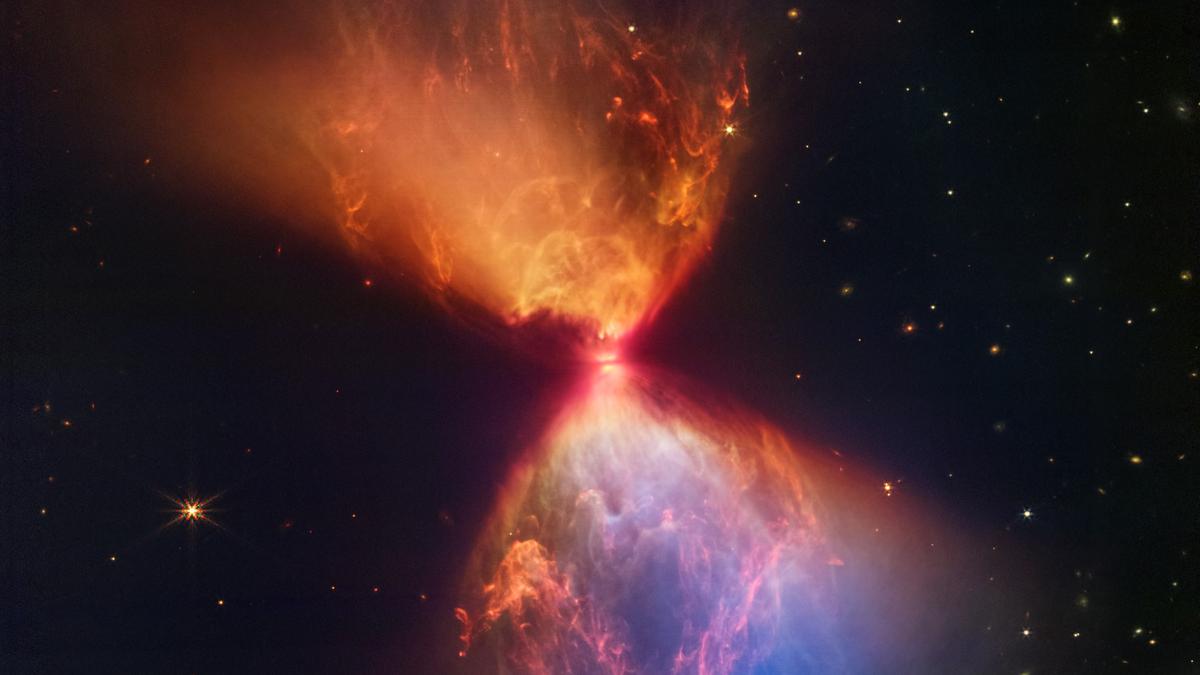
Newborn gas planets may be surprisingly flat: new study Premium
The Hindu
A new planet starts its life in a rotating circle of gas and dust, a cradle known as a protostellar disc. Scientists have used computer simulations to show that newborn gas planets in these discs are likely to have surprisingly flattened shapes.
A new planet starts its life in a rotating circle of gas and dust, a cradle known as a protostellar disc. My colleagues and I have used computer simulations to show that newborn gas planets in these discs are likely to have surprisingly flattened shapes. This finding, published in Astronomy and Astrophysics Letters, could add to our picture of exactly how planets form.
Observing protoplanets that have just formed and are still within their protostellar discs is extremely difficult. Until now only three such young protoplanets have been observed, with two of them in the same system, PDS 70.
We need to find systems that are young, and close enough for our telescopes to be able to detect the dim light from the planet itself and distinguish it from that of the disc. The whole process of planetary formation lasts only a few million years which is nothing more than a blink of an eye in astrophysical scales. This means we need to have luck to catch them in the act of forming.
Our research group performed computer simulations to determine the properties of gaseous protoplanets under a variety of thermal conditions in the planets’ cradles.
The simulations have enough resolution to be able to follow the evolution of a protoplanet in the disc from an early stage, when it is just a mere condensation within the disc. Such simulations are computationally demanding and were run on DiRAC, the UK’s astrophysics supercomputing facility.
Typically, multiple planets form within a disc. The study found that protoplanets have a shape known as oblate spheroids, like Smarties or M&M’s, rather than being spherical. They grow by drawing gas predominantly through their poles rather than their equators.
Technically, the planets in our Solar System are also oblate spheroids but their flattening is small. Saturn has a flattening of 10%, Jupiter 6%, whereas Earth a mere 0.3%.













